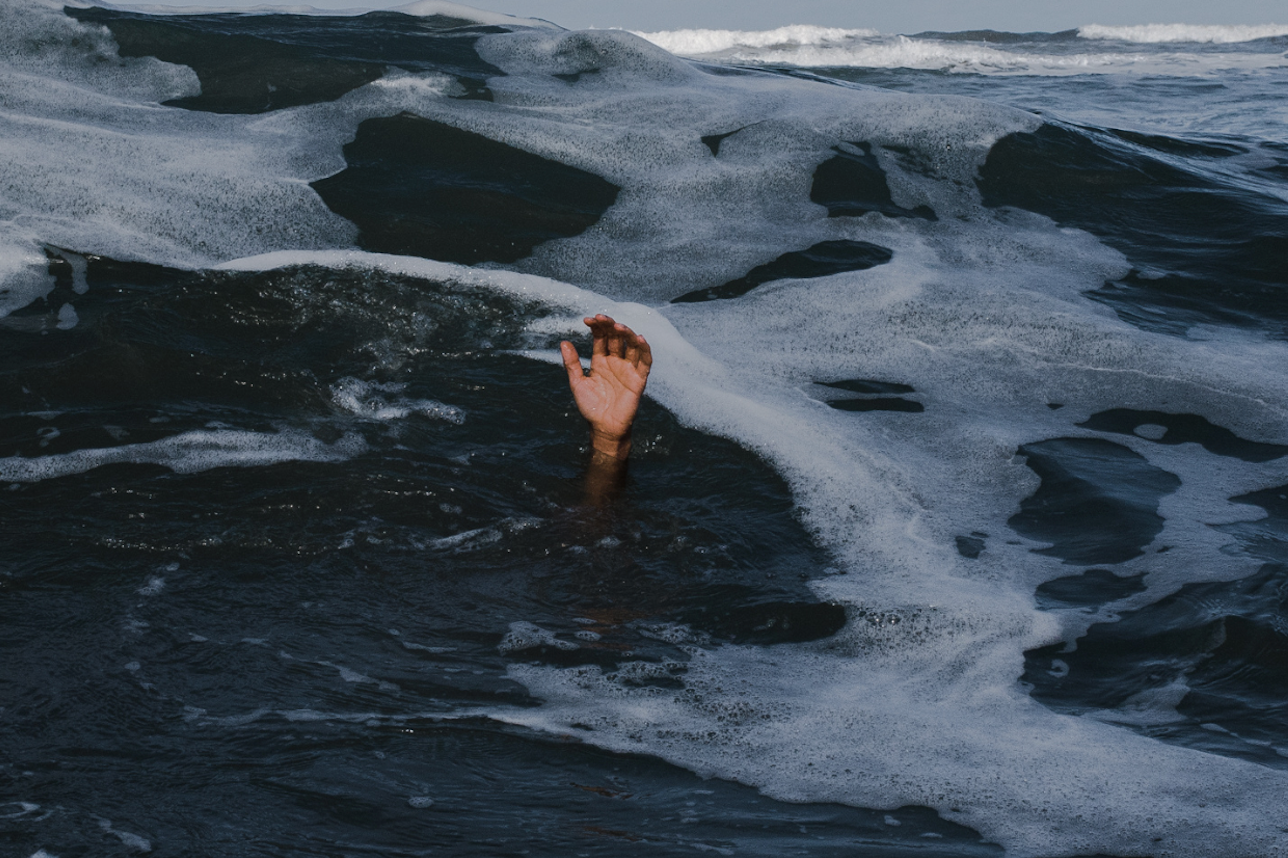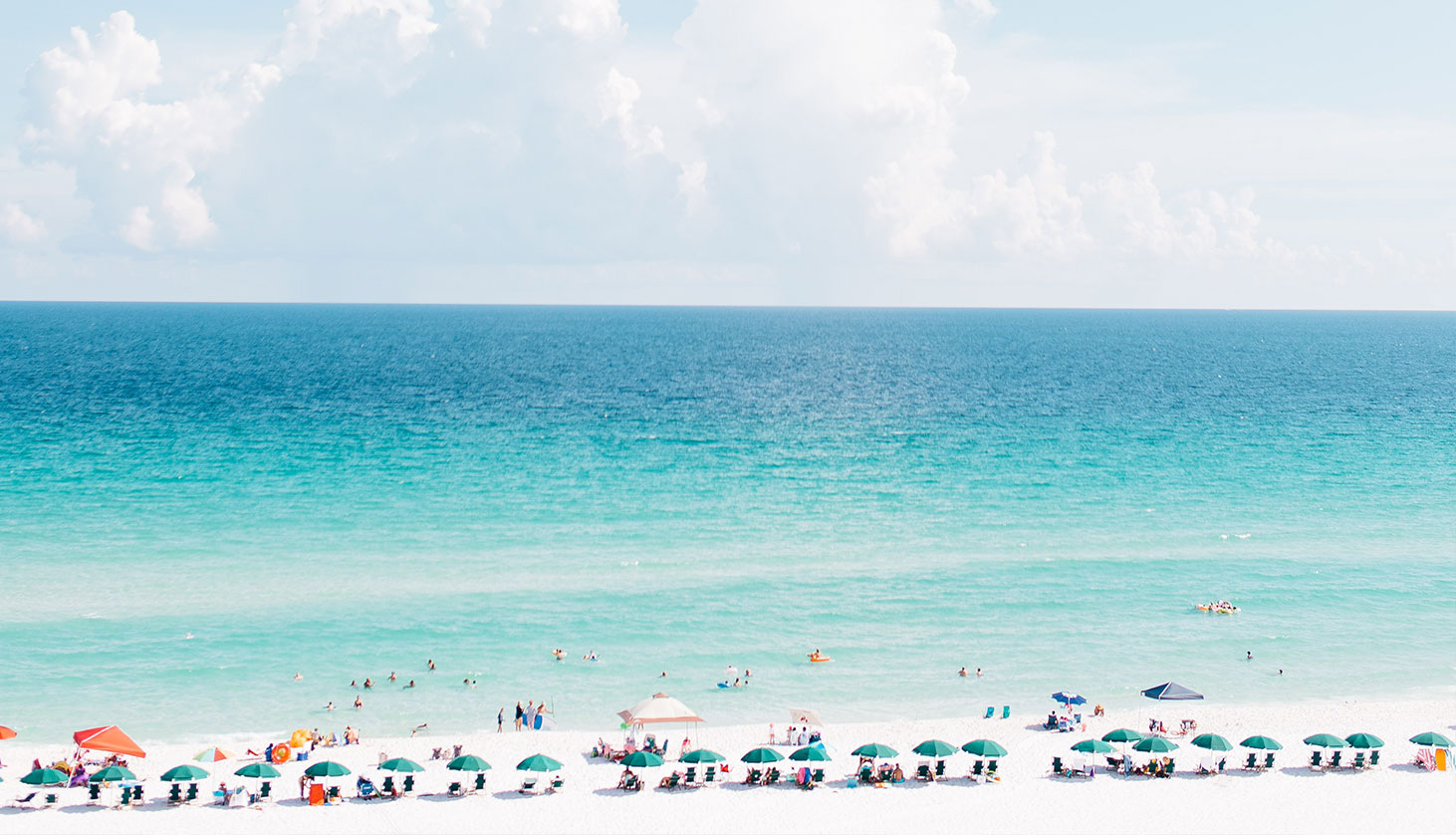We may not have the gnarliest waves around, but Florida is home to the most rip current deaths in the United States. In 2021, there were 28 fatalities in Florida alone, making it the highest number of rip current deaths in the past 12 years. 2023 follows closely with 25 fatalities in Florida already this year.
With rip currents occurring so often, we have put together an ultimate guide on everything you need to know about a rip current if you are ever pulled into this circumstance.
How Did We Conduct This Study?
We studied official data from the NOAA and the CDC to gather the number of deaths by rip currents in each state from 2017 to 2023, along with the fatality rate by month and gender. We also gathered data regarding rip current deaths in the Great Lakes and additional safety tips from Hackensack Meridian Health about death by drowning.
Key Findings
- As of today, June 29, 2023, there have been 435 U.S. rip current deaths from 2017 to 2023.
- Astonishingly altogether, June is continuously the month with the most deaths from 2017 to 2023, totaling 86 fatalities. We presume this to be due to summer vacation.
- Florida is accountable for 143 of the total rip current deaths in the U.S.
- More than 50% of rip current fatalities are male.
- About 60% of deaths that occur in the Great Lakes are caused by rip currents.
June’s Deadly Grip: An Ominous Reminder
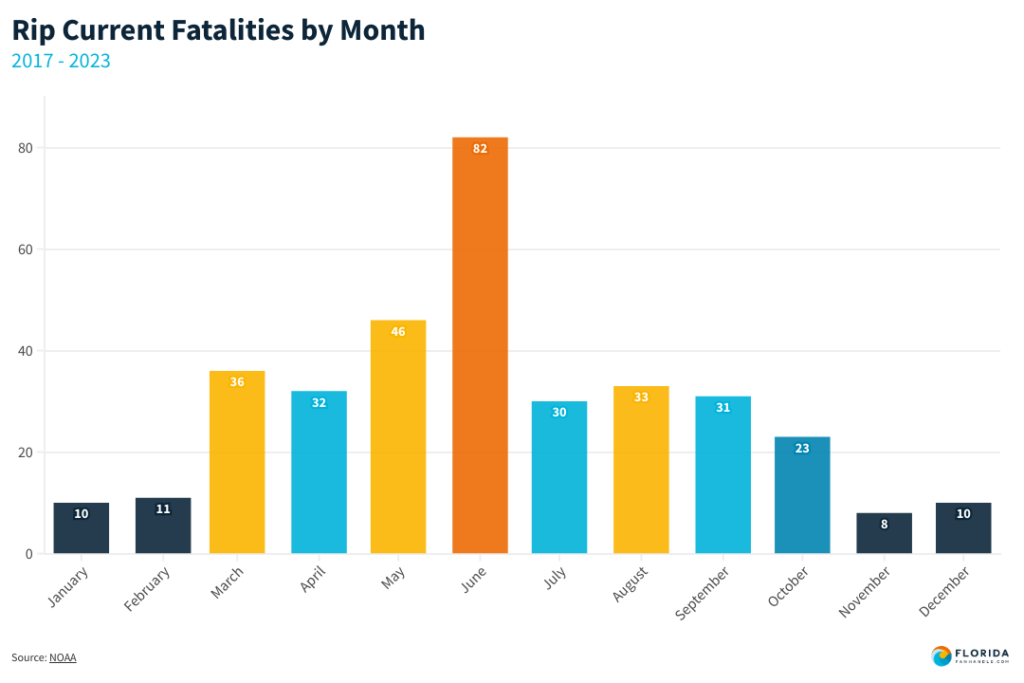
Irresistible sun-kissed shores attract tourists and locals from all over the nation, ready to dip their toes in the sand. Summer flings and family vacations turn into horrifying realities when beach-goers ignore the danger that the beach poses. Just in the month of June, there have been 18 rip current fatalities this year. March comes in 2nd with 16. In total June has claimed a whopping total of 82 lives since 2017.
Beyond the Statistics: Why Are the Majority Male?
Why are more men drowning than women? Already this year there have been 54 fatalities, 4 of them being women. Nearly 80% of all rip current fatalities are usually male and are almost six times more likely to drown than females. The Centers For Disease Control and Prevention (CDC) predict that “men are more likely to participate in swimming and water sports under the influence of drugs and alcohol. In addition, they are more likely to forgo wearing a life jacket.”
If you are spending the day at the beach, be cautious of your surroundings. If you or anyone around you is under the influence it is not advised to go for a swim. Drowning can happen at any time and very quickly, especially when a rip current occurs.
So What Exactly is a Rip Current?
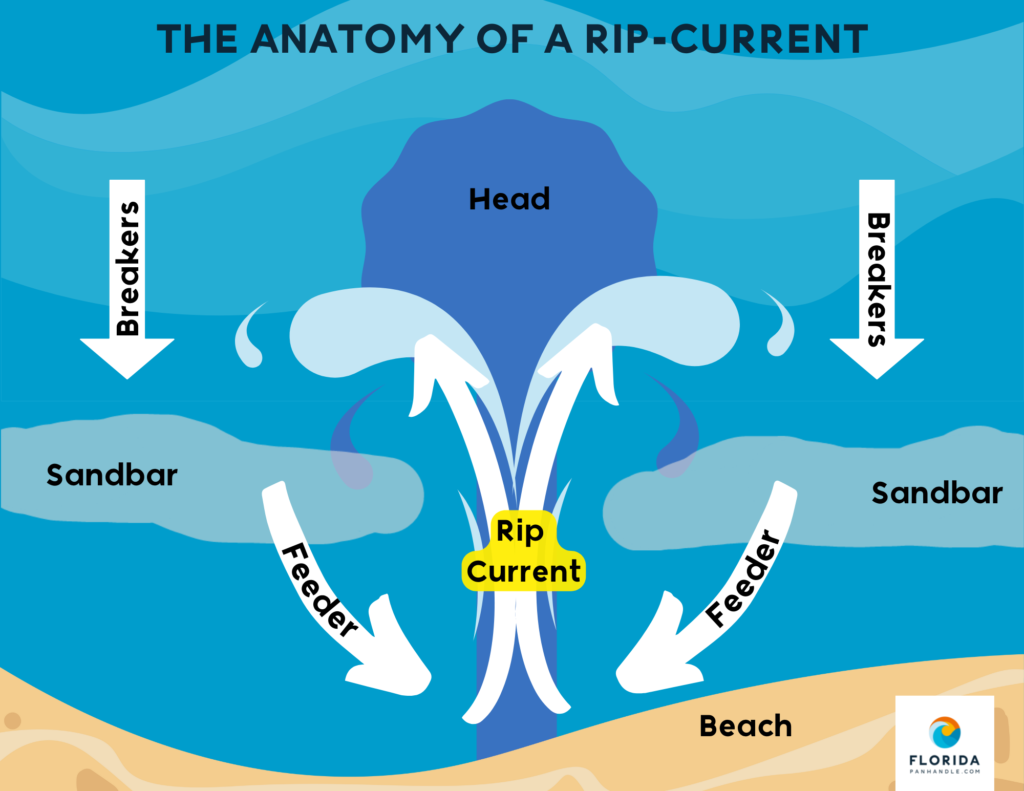
Rip currents are extremely powerful, narrow waterways of fast-moving water. These channels can move at speeds of up to eight feet per second, pulling people away from shore. Rip currents typically form at breaks in sandbars on the ocean floor and also near other structures like piers. These currents are commonly narrow, but at times they can be more than 50 yards wide. Not even a gold medalist Olympic swimmer can out-swim this beast.
Some clues to tell if a rip current is near are choppy waters, a gap of darker calm water in-between areas of whitewater and crashing waves, seafoam, and seaweed or debris moving towards the sea.
If possible we advise you to always look out into the water, and see if you can spot any of the signs above. This might not be your first thought before getting into the water, but it will definitely save you from a fatal war with mother nature.
How to Escape A Rip Current
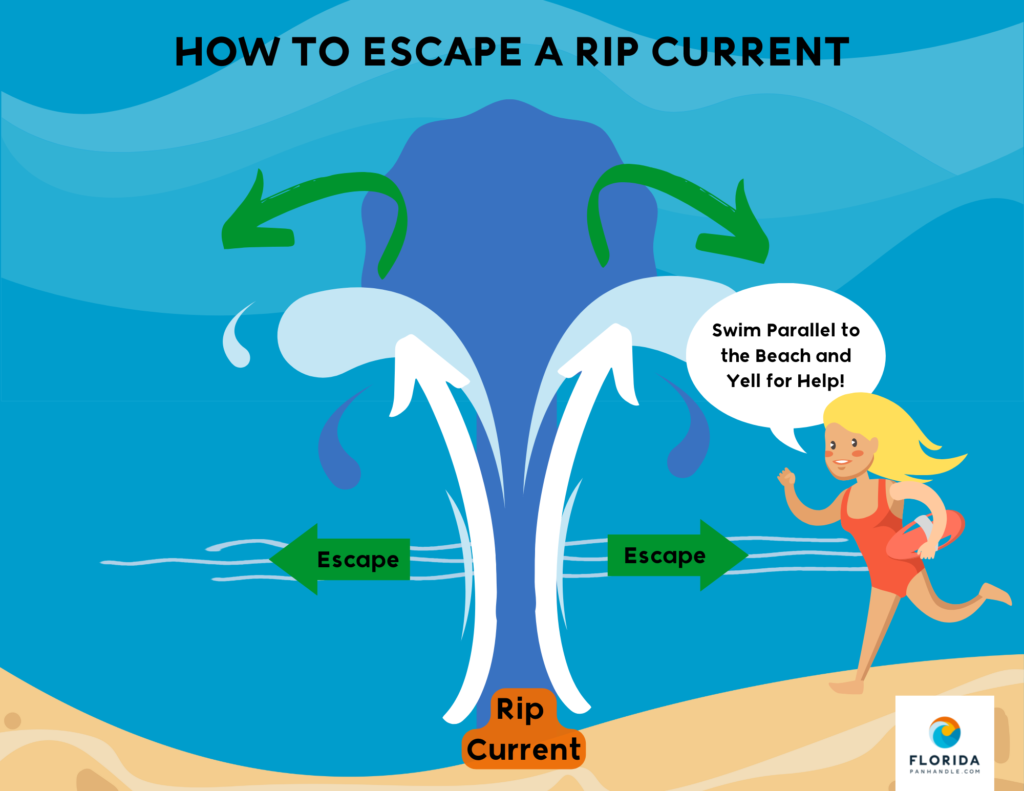
Trying to find your way out of a rip current can be a tricky situation, this is how you can raise your chances of escape 2 to 1.
If you find yourself caught in a rip current stay calm and relax, rip currents do not pull you under. You will likely have to tread some water, in order to prevent yourself from drowning. Most importantly do not swim against the current. When being pulled into the ocean by a rip current you must either swim with the current or swim at an angle toward breaking waves parallel to the shoreline. If you succeed, then continue to swim at an angle toward the beach. Now, if you feel you are incapable of escaping this situation, draw attention to yourself, wave your hands in the air, and yell for help.
If you see someone pulled away by a rip current, do not be a victim trying to help. If a lifeguard is on duty, get them immediately. According to the United States Lifesaving Association, rip currents account for over 80% of rescues performed by surf beach lifeguards. If a lifeguard is not present, call 9-1-1 and try to direct him or her on how to swim out of the current. If there is a float available it would be helpful to throw that to them as well. We repeat, do not ever enter the water, many people have died attempting to rescue rip current victims. It is important you wait for authorities to arrive and handle the situation accordingly.
Pay Attention to Beach Flag Warnings!
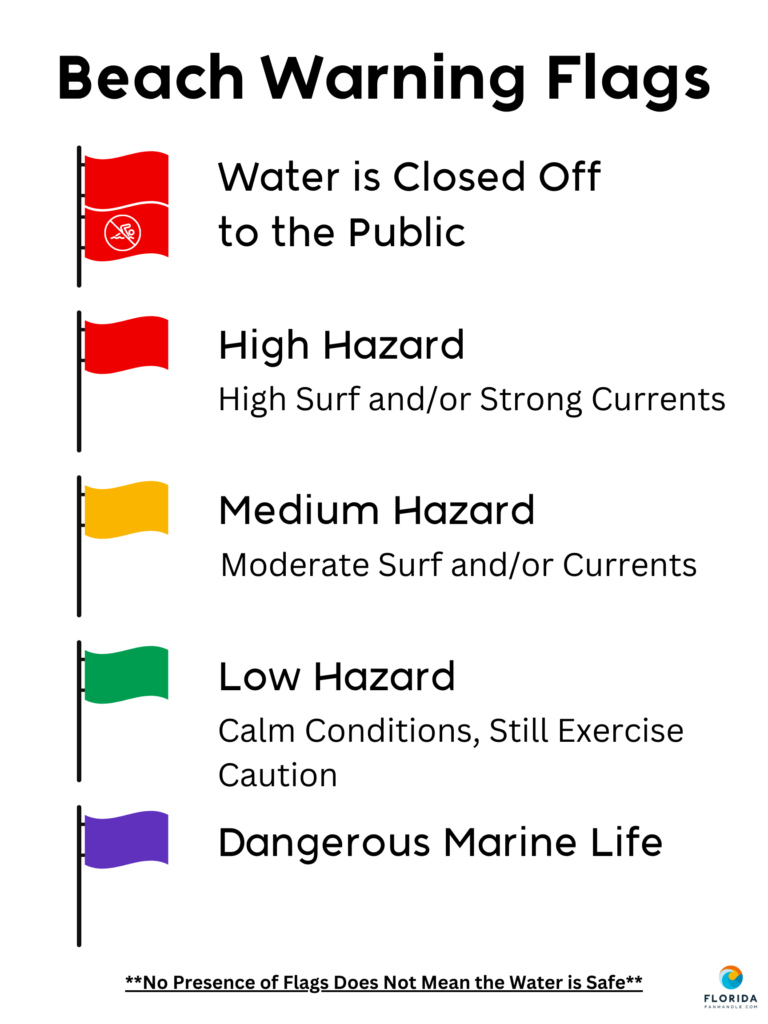
Beach Flag Warnings is a system designed to alert beachgoers about potential hazardous water conditions. Hence their vibrant colors, they are meant to be looked for and found when arriving at the beach. It is crucial we as beach attendees, pay attention to these warnings.
What does each Beach Flag Warning color mean?
Double Red
A double red flag means that the water conditions are extremely hazardous and no one should enter the water. It is so severe that you could actually be arrested or fined for ignoring this warning.
Red Flag
A single red flag signifies very dangerous water conditions with expected rip current activity, powerful waves, and unpredictable situations. At this time rip currents are also predicted to be more powerful and more frequent. It is still recommended to stay out of the water.
Yellow Flag
A yellow flag conveys moderate water conditions. Even though swimming is still allowed, there are possibilities of rip current activity. You should still be cautious when entering the water.
Green Flag
A green flag communicates favorable water conditions with very little chance of danger or risk. However, you should always be alert when entering the water.
Purple Flag
A purple flag means that there is dangerous marine life in the water and could potentially cause harm to those who enter. This doesn’t necessarily indicate that the water is shark-infested, but more so jellyfish, or stingrays.
Did You Know…
Rip currents occur in lakes and are just as deadly as the currents in the ocean. On the report of the National Weather Service (NWS) and Great Lakes Current Incident Database (GLCID), the Great Lakes average around 12 fatalities per year. These findings are recorded from 2002 to 2020. Today, Lake Michigan is known as the “Deadliest” Great Lake. Since 2010 there have been 962 miscellaneous drownings in the Great Lakes, and Lake Michigan accounts for nearly 50% of those deaths.

Are you actually drowning? As stated by Hackensack Meridian Health, a person can drown in less than 60 seconds. It has been reported that it only takes 20 seconds for a child to drown and roughly 40 seconds for an adult. In some cases, as little as a 1/2 cup of water is enough for the incident to occur. But, swallowing water does not mean you are drowning. Most of that water has entered your stomach and maybe a small portion into your lungs.
Which One Is It?
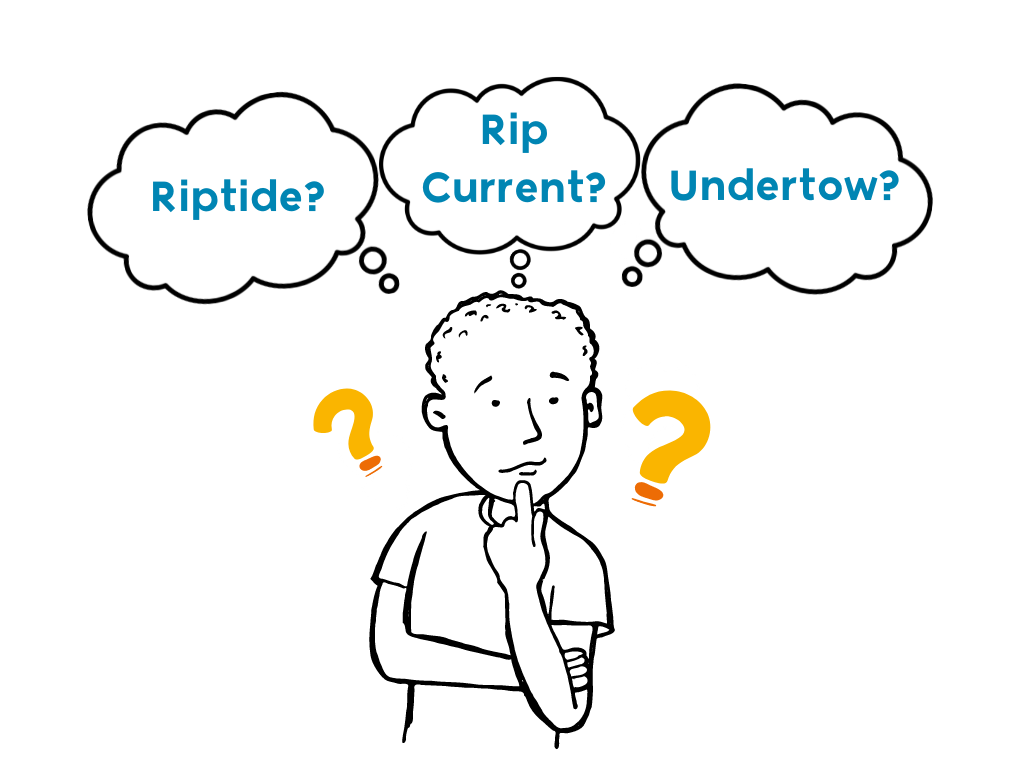
Riptides
Riptides are frequently mistaken as rip currents, they are similar – for they are both life-threatening – but also quite different. A riptide is a strong offshore current that furiously runs through an inlet and then emerges into the ocean. Riptides carry large quantities of sand with them that then form sandbars on the ocean floor. So I guess we can thank riptides for causing rip currents.
Undertow
An undertow is a broken wave that pushes water up towards the beach, and gravity pulls the water back into the ocean from the beach as backwash. Undertows cause big waves mixed with sand to pull you in the water and into the next breaking wave. Thankfully, you will only be tumbled around roughly for a small amount of time. These flows go only for a short distance. This scenario is more concerning for younger children who may not be able to get back on their feet on time and back to the beach.
In light of this information, we now understand how important it is to know how and where rip currents can occur, what they look like, and how you can escape this horrifying event.

